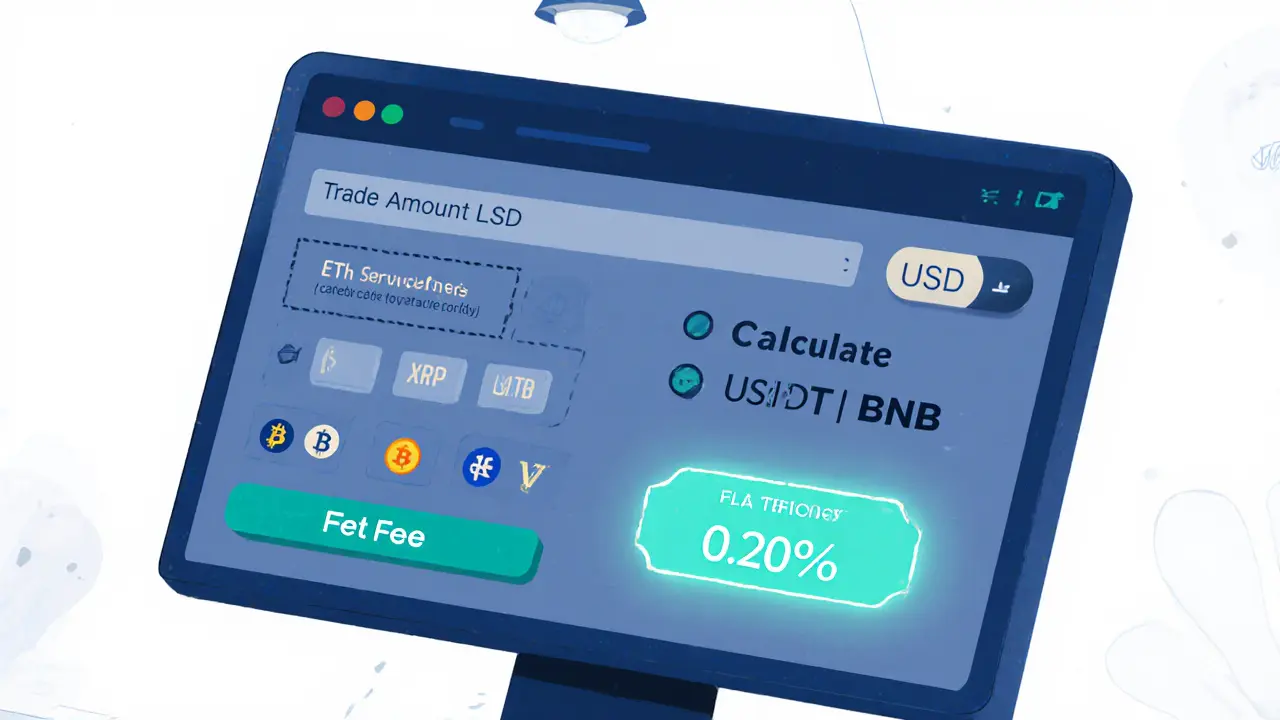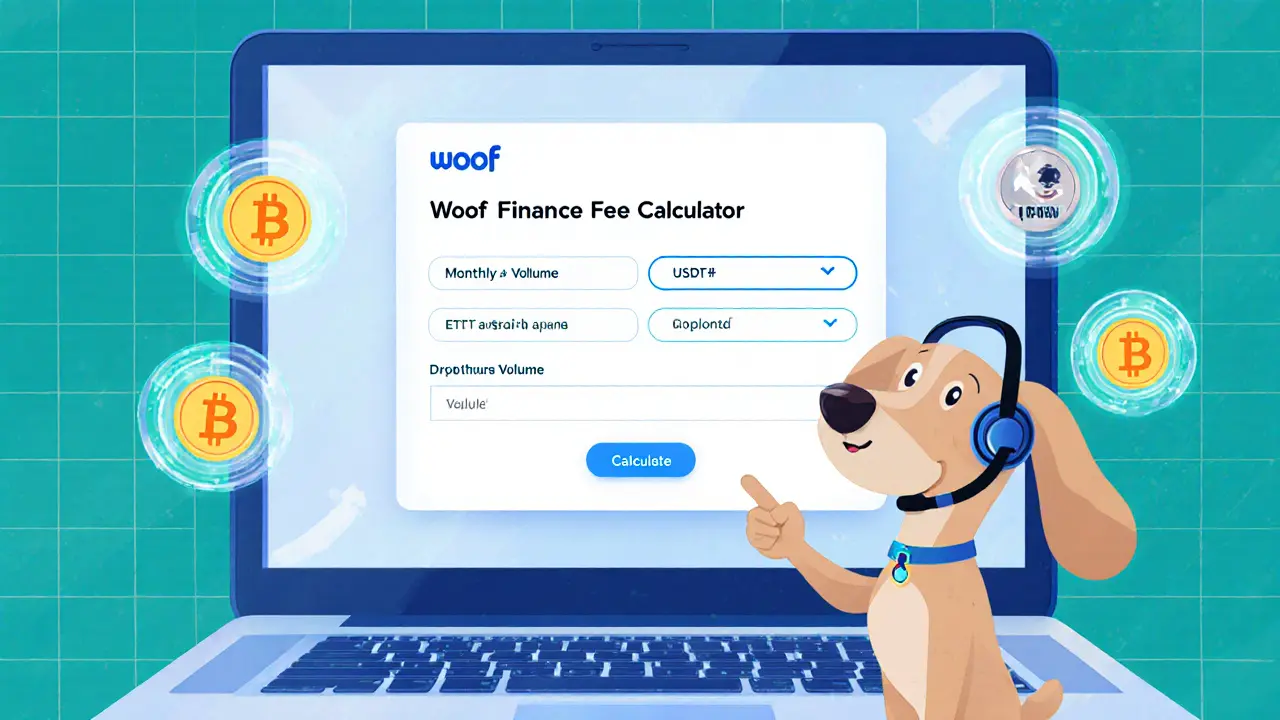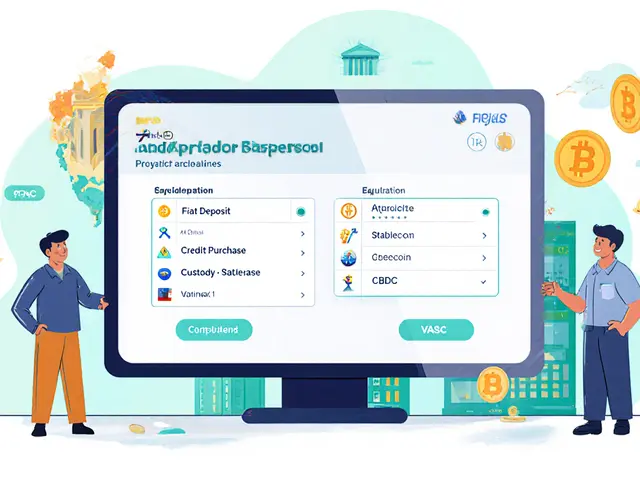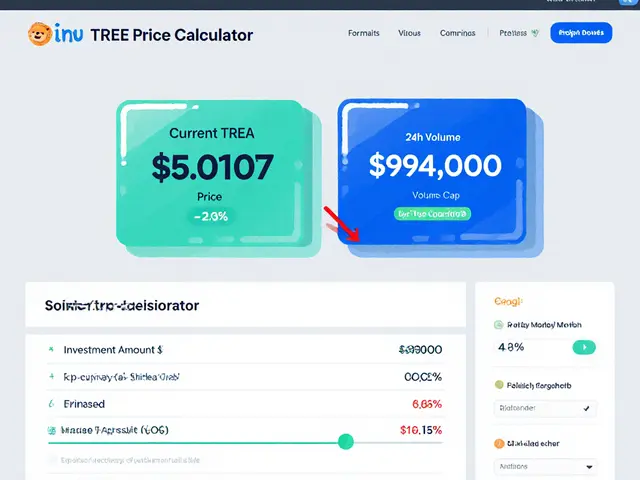Crypto Exchange Fees: A Practical Guide
When dealing with crypto exchange fees, the charges users pay for buying, selling, and moving digital assets on a platform. Also known as trading costs, they directly impact net profit. Understanding them starts with the crypto exchange, a service that matches buyers and sellers of cryptocurrencies and the broader concept of trading fees, any cost incurred during a trade, including maker‑taker spreads, withdrawal fees, and hidden premiums. These three entities intertwine: the exchange sets the fee schedule, the fee type determines the cost, and the trader feels the impact. Knowing this relationship helps you break down the numbers before you click ‘buy’ or ‘sell’.
Key Factors that Shape Fees
The fee landscape breaks into a few core components. First, the maker‑taker model is the backbone: makers add liquidity and usually enjoy lower rates, while takers remove it and pay a premium. For example, a typical maker fee might sit at 0.10% versus a taker fee of 0.20%, but high‑volume traders can negotiate down to 0.02% on many platforms. Second, withdrawal fees vary by blockchain; moving Bitcoin can cost $2‑$5, whereas stablecoins on Ethereum might be $0.50 due to lower gas. Third, deposit fees are often free, but some exchanges charge a small percentage for fiat top‑ups. Hidden costs also creep in through spread markup, especially on less liquid pairs where the quoted price deviates from the market. Fee tiers add another layer: most exchanges reward larger monthly trade volumes with reduced percentages, creating a direct link between activity and cost savings. Finally, promotional discounts or native token rebates (like BNB on Binance) can slash fees further, turning token holdings into a cost‑cutting tool.
Why does all this matter? Because fees eat into every trade’s profit margin. A 0.2% taker fee on a $10,000 position costs $20—ignorable on a one‑off trade but massive over dozens of daily moves. When you compare platforms, you’ll see that some prioritize low fees at the expense of security, while others charge a premium for robust insurance and regulatory compliance. This trade‑off guides the decision‑making process for both casual investors and high‑frequency traders. In the posts below, you’ll find deep dives on specific exchanges, fee breakdowns, and real‑world examples showing how fee structures can make or break a strategy. Armed with this groundwork, you can navigate the pool of updates on our site with confidence and pick the exchange that aligns with your cost, speed, and safety priorities.
A thorough 2025 review of SecondBTC crypto exchange covering fees, coin list, security, liquidity, and how it stacks up against Binance and Coinbase.
A detailed 2025 review of Woof Finance crypto exchange covering security, fees, regulation, trading pairs, and how it compares to Binance and Coinbase.




 Finance
Finance




